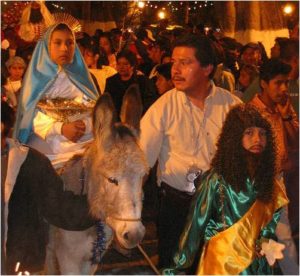- Contact Us
- Careers
- Policies
- About Us
- Parishes
- Schools
- Ministries
- The Office of Black Catholic Ministries
- Hispanic Ministry
- Charismatic Renewal
- Marriage & Family Life
- College Campus Ministry
- Courage/EnCourage
- Miscarriage Ministry
- Prayer Ministry
- Deaf Ministry
- Prison Ministry
- Disabilities Ministry
- Divine Worship
- Divorce Support
- Faith Formation
- Grief Ministry
- Mental Wellness Resources
- Respect Life
- Seek the City to Come
- Young Adult Ministry
- Youth Ministry
- LGBT Pastoral Accompaniment
- Vocations
- myArch
- Outlook365
- Ethics Hotline
- Giving
- Promise to Protect

 (December 16th through 24th).
(December 16th through 24th). In celebrating the XV años Mass, there are a number of things to keep in mind. First of all, this is an extraordinary opportunity to reach out to the uncatechized members of your parish.
In celebrating the XV años Mass, there are a number of things to keep in mind. First of all, this is an extraordinary opportunity to reach out to the uncatechized members of your parish.